ELEVATORS
Korn Architects
The first passenger elevators was built in 1743 for King Louis at his palace in France. The one person contraption went up only one floor, from the first to second, known as “Flying Chair”. It was on the outside of the building, and the king used to enter the elevators via his balcony.

Source: Internet
Classification
1. Hydraulic Elevators
Hydraulic elevators are supported by a piston at the bottom of the elevator that pushes the elevator up. They are used for low-rise applications of 2-8 stories and travel at a maximum speed of 60 meters per minute. The machine room for hydraulic elevators is located at the lowest level adjacent to the elevator shaft. 
Hydraulic Elevators (source: Internet)
2. Traction Elevators
Traction elevators are lifted by ropes, which pass over a wheel attached to an electric motor above the elevator shaft. They are used effectively for high-rise buildings and have much higher travel speeds than hydraulic elevators. A counterweight makes the elevators more efficient. The machine sits in the override space and the controls sit above the ceiling adjacent to the elevator shaft. This is the most popular elevator type to be used nowadays.
Traction Elevators (source: Internet)
3. Climbing Elevators
The climbing elevators is attached to the engine, usually electric or internal combustion engines. This type of elevator is mainly used for the construction site.
Climbing Elevator (source: Internet)
4. Pneumatic Elevators
Pneumatic elevators are raised and lowered by controlling air pressure in a chamber in which the elevator sits. They are especially ideal for existing homes and small architecture due to their compact design because excavating a pit and hoistway are not required.
Pneumatic Elevators (source: Internet)
5. Passenger Elevators
An elevator designed for the transport of passengers. Passenger elevators are provided in apartments, hotels, and office buildings etc. The size and speed of lift depending upon the services expected from the elevators.

Passenger Elevators (source: Internet)
6. Goods Elevators
Goods elevators are an elevator designed to carry goods, rather than passengers. Goods elevators are typically larger and capable of carrying heavier loads than a passenger elevator, generally from 2,300 to 4,500 kg. Goods elevators may have manually operated doors, and often have rugged interior finishes to prevent damage while loading and unloading.
Goods Elevators (source: Internet)
Others:

AN ‘IMPOSSIBLE’ 2D MATERIAL STRONGER THAN STEEL
REPLACING SAND WITH GLASS WASTE IN CONCRETE 3D PRINTING
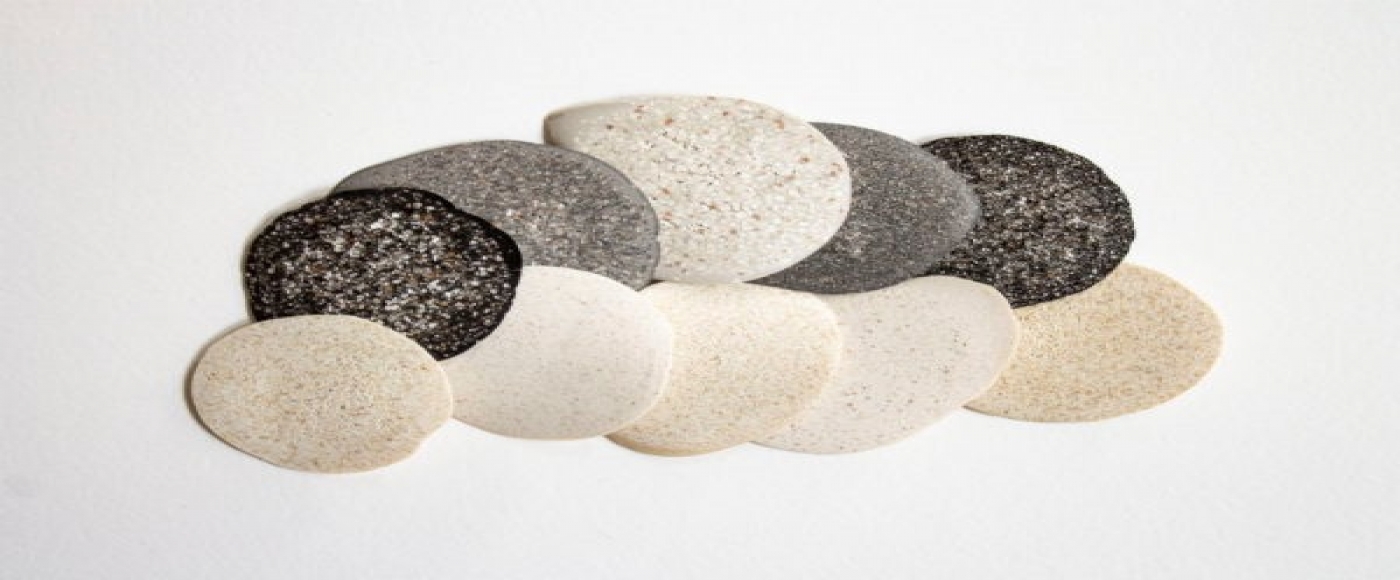
CERAMICS MADE OF EGGSHELLS
Vietnam’s Hospitality Real Estate – Time to rebuild

HoSkar Night - Networking Redefined



